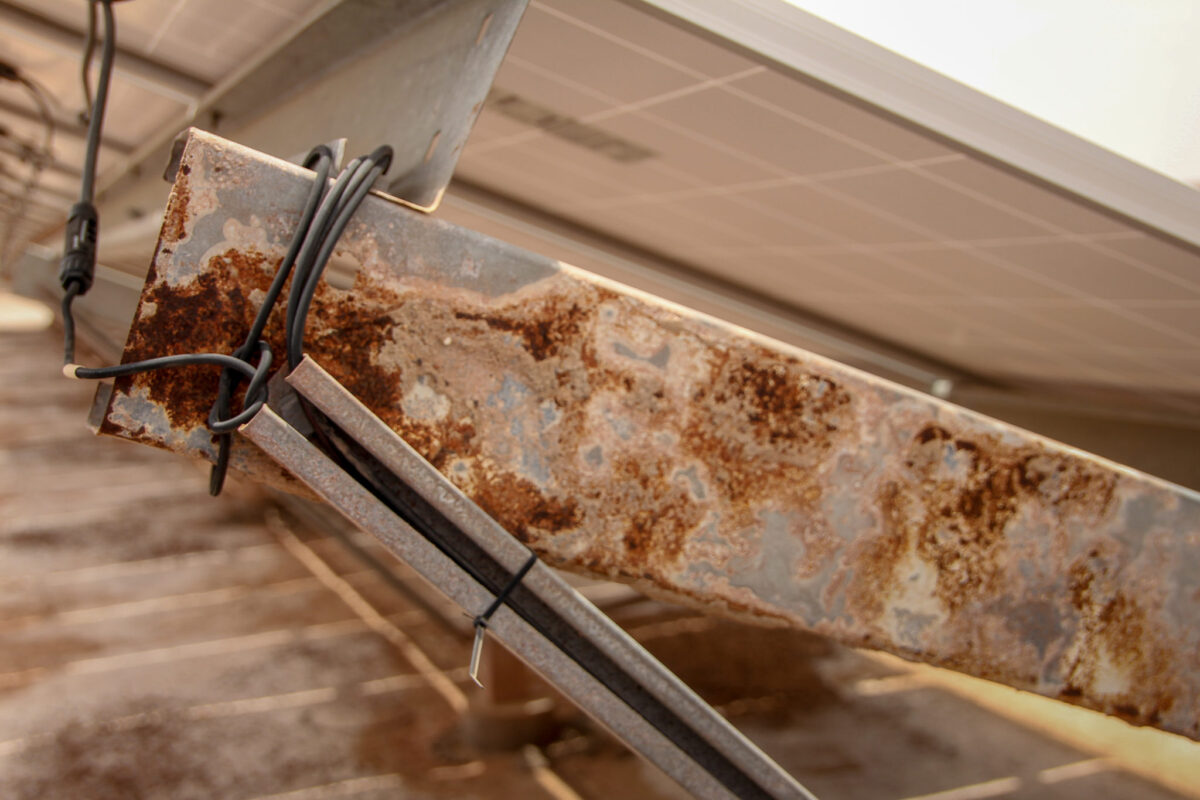From pv magazine India.
A solar consultant with experience of PV manufacturing has welcomed the latest changes to a 10 GW capacity tender with an annual manufacturing capacity requirement totalling 3 GW, but says Indian developers will be still be wary.
VS Gangadhara Rao, director of the Ananyavijaya Consultancy, told pv magazine the amendments to the Solar Energy Corporation of India tender due to be held this month make timelines more realistic, but the expected tariff cap is likely to be too restrictive.
Execution of PV power plants under the tender can now be completed in four phases, with 10% of the output agreed under PPA to be achieved within 24 months and then a further 30% annually by the end of years three to five.
Dr. Rao feels this is more realistic, as it offers developers the chance to use PV modules from a domestic manufacturing plant with a 600 MW annual production capacity in years three to five.
Production obligations still a concern
Under the amended scheme, a waiver on inter-state transmission system (ISTS) connectivity charges has been extended by two years. Solar projects commissioned up to March 31, 2024 – previously March 2022 – will be eligible for the waiver.
If commissioning is delayed beyond March 2024, developers will have to bear ISTS charges, in which case, such charges or a tariff reduction due to the delay in commissioning – whichever is higher – would be applicable.
The 36-month deadline for completion of the manufacturing aspect of any bid is also practical, says Dr. Rao. However, he feels production obligations, especially for capacity utilization, are still of some concern to potential bidders.
“Utilization of 80% of the installed capacity in the very first year – while the module and wafer cutting operations can achieve this target – will be difficult, especially for ingot and cell manufacturing with [a] targeted efficiency of cells,” said the consultant.
“Ingot manufacturing requires considerable ramp up time to achieve the consistency of crystal structures essential for targeted efficiency. Training of manpower – for the first time in India; absorbing the technology; optimizing the right sources of raw materials and bill of materials items, in terms of quality, prices and availability; and sourcing of spare parts during ramp up – both regular and breakdown – are some of the major challenges that need to be addressed during the ramp up. So, while capacity utilization will be 80% in the 12th month, the average for the first twelve months will be in the range of 50-70%.”
Tariff cap needs to be raised
Similarly, cell manufacturing requires time to achieve targeted efficiencies and capacities. The challenges are the same as for ingot manufacturing.
“Production obligations of 80% and 90% of the installed capacity indirectly mandate the developers to use modules from their manufacturing plants, even in adverse cost/market price scenarios. This needs to be looked into,” added Dr. Rao.
The consultant says, compared to power projects of one to two years' duration, five-year projects are exposed to enhanced risks, especially those related to domestic and international policy.
Currency fluctuations, technology changes, trade restrictions – such as safeguarding and anti dumping duties; integrated goods and services tax; and tariffs on capital items, raw materials and bill of materials – and an absence of sites with sufficient solar irradiation, are among such concerns.
Dr. Rao warned there is still not enough leeway in capped tariffs likely for the tender to address such risks for developers.
This content is protected by copyright and may not be reused. If you want to cooperate with us and would like to reuse some of our content, please contact: editors@pv-magazine.com.




By submitting this form you agree to pv magazine using your data for the purposes of publishing your comment.
Your personal data will only be disclosed or otherwise transmitted to third parties for the purposes of spam filtering or if this is necessary for technical maintenance of the website. Any other transfer to third parties will not take place unless this is justified on the basis of applicable data protection regulations or if pv magazine is legally obliged to do so.
You may revoke this consent at any time with effect for the future, in which case your personal data will be deleted immediately. Otherwise, your data will be deleted if pv magazine has processed your request or the purpose of data storage is fulfilled.
Further information on data privacy can be found in our Data Protection Policy.